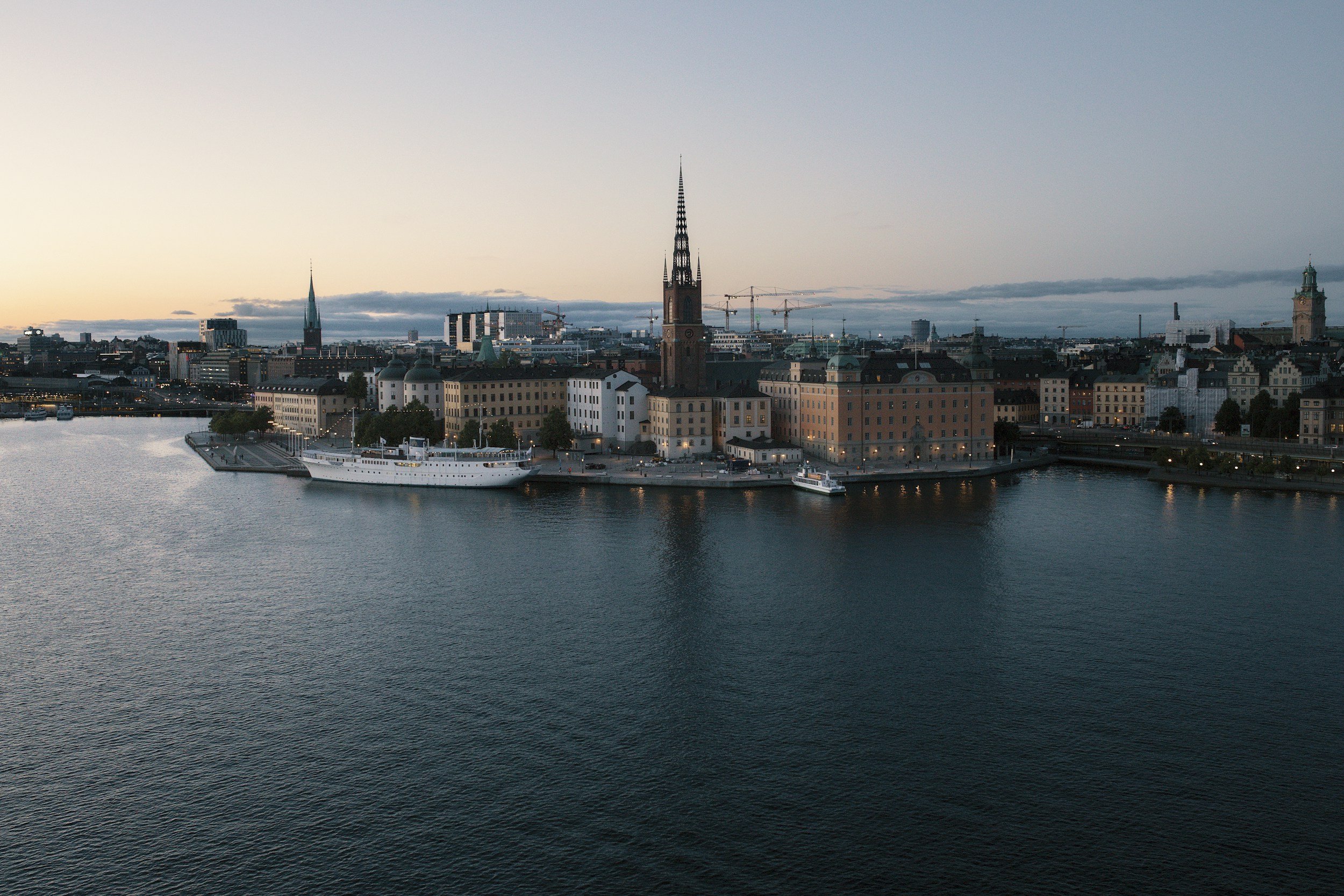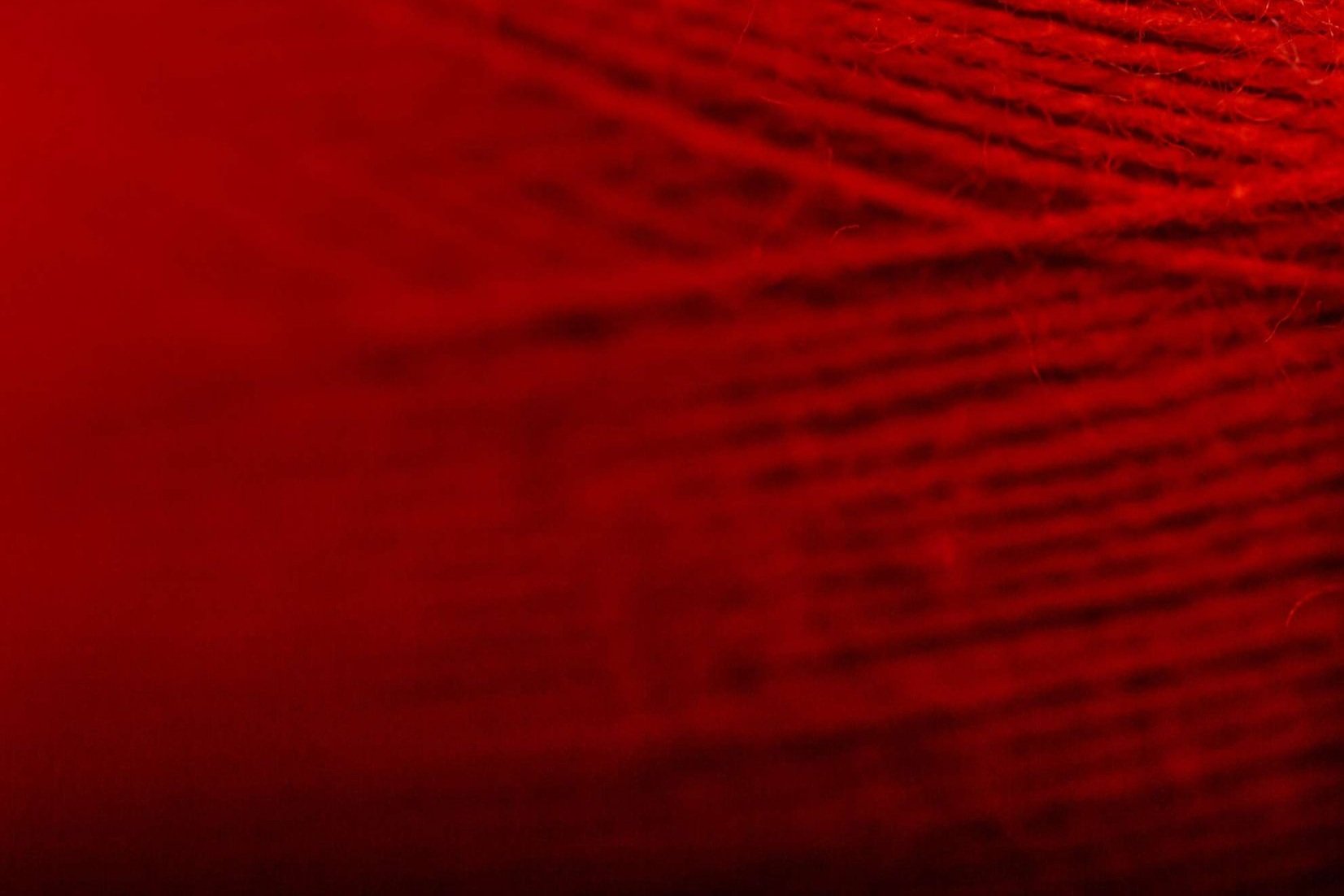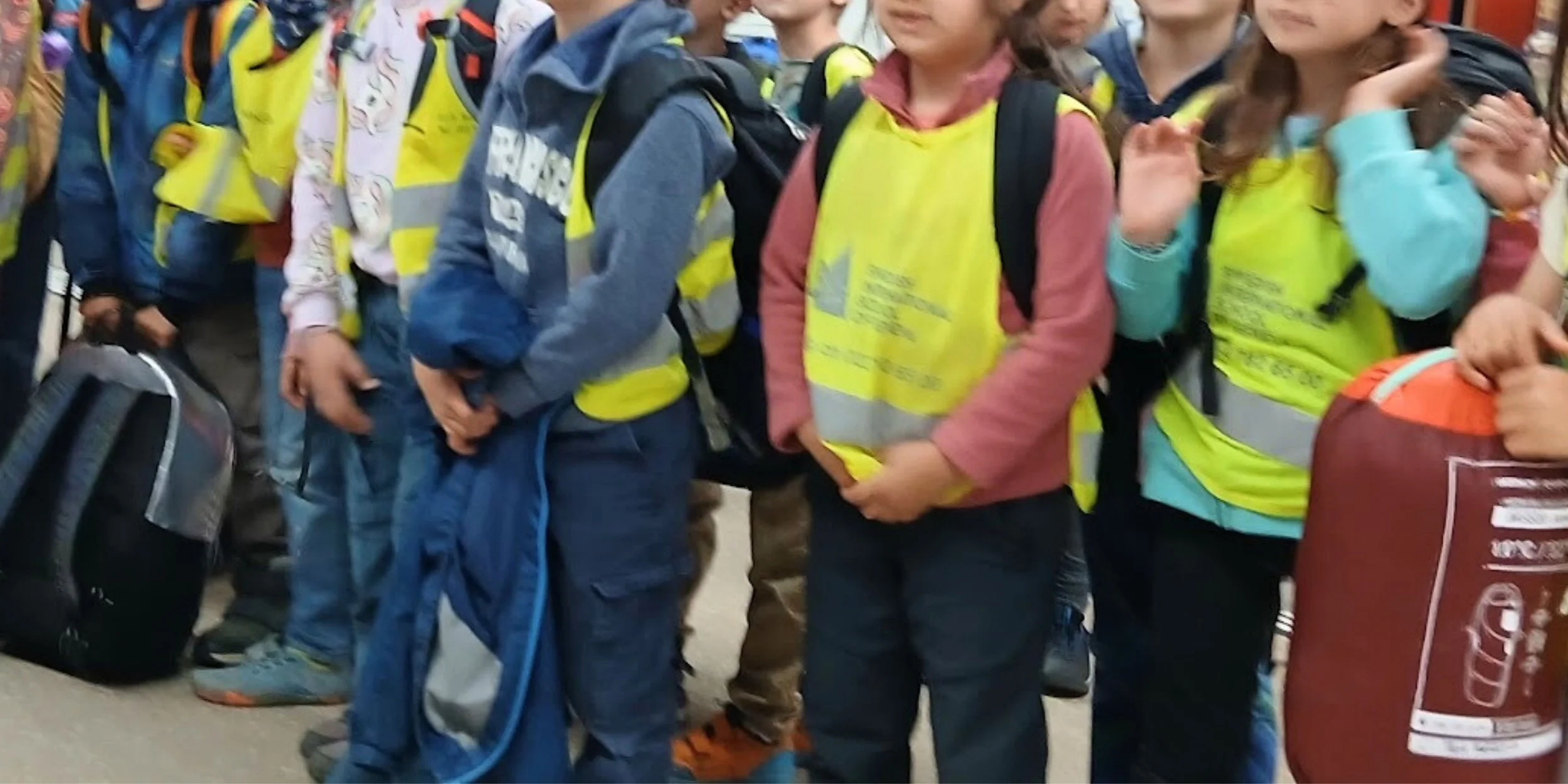
Primary School
The Primary school is an inspiring and supportive learning environment, where students, ages 4-12, take a leading role in their own education. We strive for our students to become responsible, social, inquisitive citizens of the world, equipped with the tools to make informed choices.
Based on the Swedish national curriculum, we expand the curriculum to ensure pupils may continue their education in a Swiss or International environment.
One school, two bilingual streams.
We offer bilingual programs in Swedish-French or English-French.
Following the "one teacher, one language" principle, each group has two teachers who speak only their native language, helping your child become fluent in both.
A Swedish-Inspired Approach
We follow the Swedish curriculum to provide a high-quality education in a relaxed, close-knit community. Our program is designed to foster empathy and a lifelong love of learning.
Through a mix of organized study and creative play, students develop skills in:
Languages
Art & Music
Mathematics
Social Studies
A typical day includes:
Circle time
Theme-based learning
Sport and outdoor time
We also "move the classroom outside," giving children the opportunity to explore and apply their knowledge in a natural environment. Our main goal is to prepare each child for the Epreuves Cantonales and Swedish national tests, as well as for senior school.
Come see for yourself.
We welcome you and your family to visit the school, meet the teachers, see the classes in action.
Laura TRÉMOUILLE
Head of Primary

Each class in the primary school bears the name of an important location in Sweden.
-
Gotland is Sweden’s largest island, located in the Baltic Sea. Renowned for its medieval heritage, it features the well-preserved Hanseatic town of Visby, a UNESCO World Heritage site. Gotland is famous for its unique limestone formations, sandy beaches, and vibrant cultural festivals, making it a popular tourist destination.
-
Lake Vänern is the largest lake in Sweden and the third-largest in Europe, covering an area of about 5,650 square kilometers. Located in the southwest of the country, it is a vital waterway, supporting commercial shipping and fishing. The lake is known for its scenic beauty, rich biodiversity, and numerous islands, including the picturesque Lurö archipelago.
-
Lappland, is a province in northernmost Sweden.The landskap covers about one-fourth of the total area of Sweden, but it is sparsely settled. Its landscape is characterized by the highest mountains in Sweden, notably Kebnekaise, as well as rolling hills, plains, forests of spruce, pine, and birch, long chains of lakes, rushing rivers, waterfalls, and glaciers. The climate is typically Arctic
Lappland is the homeland of the Sami people, which extends into neighboring countries, bounded on the west by Norway and on the north by Finland.
-
Stockholm, the capital of Sweden, spans 14 islands on the Baltic Sea archipelago. Founded in the 13th century, it is the political, cultural, and economic heart of the country. Known for its stunning waterfront, historic Gamla Stan (Old Town), and modern innovations, Stockholm seamlessly blends medieval architecture with cutting-edge design, making it a vibrant, cosmopolitan city.
-
Kebnekaise is Sweden’s highest mountain, with its southern peak reaching 2,099 meters above sea level. Located in the Scandinavian Mountains in the northern part of the country, near Kiruna, it is a popular destination for hikers and climbers. Kebnekaise is known for its stunning glacial landscapes and diverse alpine flora and fauna.
-
Kiruna is a town in northern Sweden, located above the Arctic Circle. Known for its significant iron ore mining industry, it is also a gateway to the northern lights and the Icehotel in nearby Jukkasjärvi. Due to mining-related ground subsidence, the town is undergoing a historic relocation to ensure its future sustainability.
-
Sigtuna, founded in the late 10th century, is Sweden’s oldest town. Located near Stockholm, it is renowned for its medieval churches, ancient runestones, and charming wooden buildings. Sigtuna played a crucial role in Swedish history as an early Christian and commercial center. Today, it attracts visitors with its rich heritage and picturesque setting by Lake Mälaren.
DETAILS
Primary school is for children between 4 and 12 years old (primary education begins at age 4 in Switzerland).
Open from 08h00 to 15h00 (1P-4P) or 16h00 (5P and above)
(12h30 on Wednesdays) every weekday.After School activities from 15h00 to 18h20 all year round, except school Geneva holidays.
During the Geneva holidays, we offer Holiday Camps.
All pickups/departures must be concluded 10 minutes before the closing hour of the enrolled program.

TAILORED CLASSES
Our teachers work closely with parents to better understand how we may tailor our bilingual classes to meet each child’s needs and interests.
Group sizes are small, allowing for more time for pupil - teacher interaction.
For a copy of the
Primary Curriculum
Please contact us and we will send it to you directly.

“Shaina, the school's academic coordinator, shows so much care for each child as an individual. She really listens to parents and takes thoughtful steps to make sure all kids feel supported and happy. When our kids were struggling with English, Shaina created a fun, play-based English program just for them—and then expanded it so that other children could benefit too. It made a huge difference in helping them feel confident and included.”
— SISOG parent



